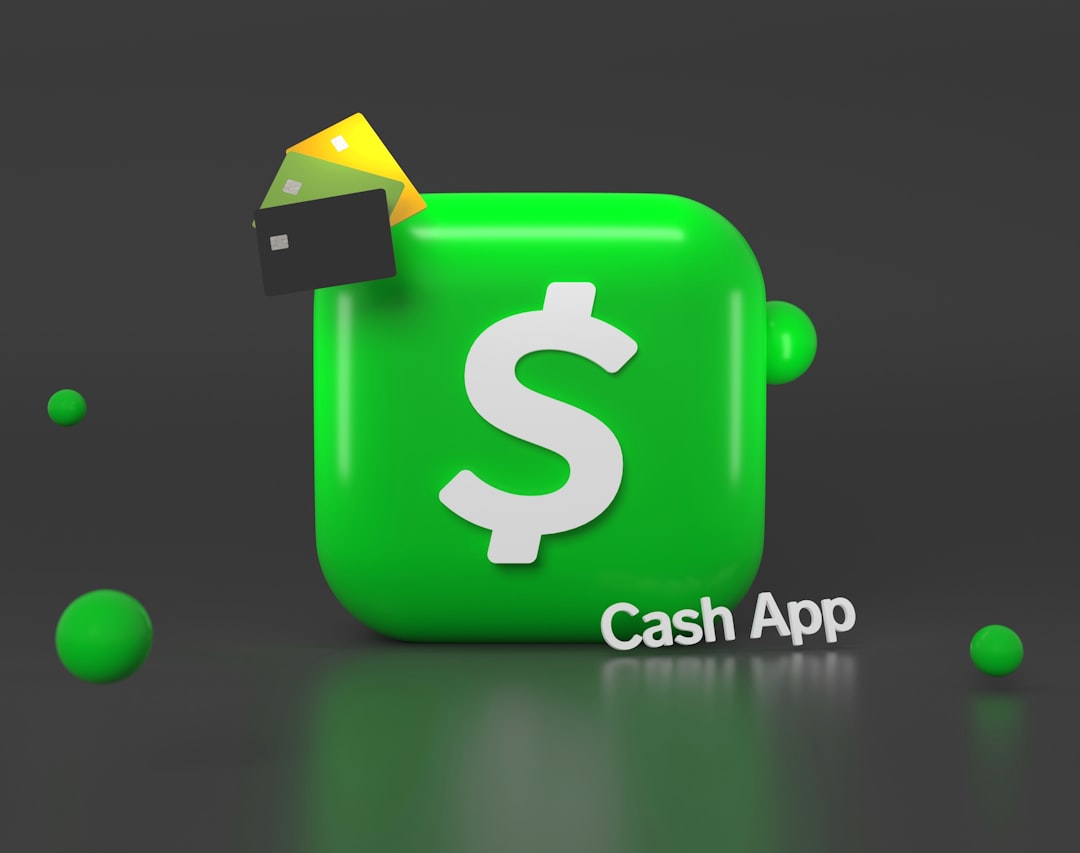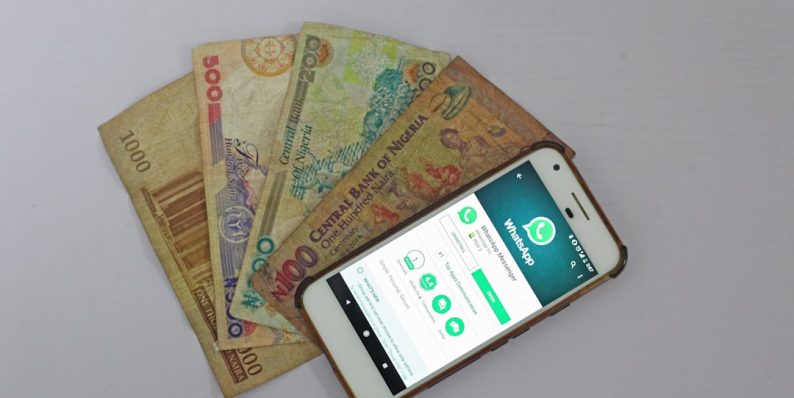Does Venmo Charge a Fee?
Ever wondered if using Venmo costs you money? You’re not alone. Venmo is one of the most popular apps for sending and receiving money. It makes splitting bills and paying friends as easy as tapping your phone. But here’s the big question: Does Venmo charge a fee? The answer isn’t just yes or no. It depends on how you’re using it.
Let’s break it all down. We’ll keep it simple and even a little fun. No finance degree needed!
What is Venmo?
First, a quick refresher. Venmo is a mobile payment app. It lets you send money to friends or receive payments from them. It’s super popular in the U.S., especially among younger crowds. You can link it to your bank account, debit card, or credit card.
Whether you’re splitting dinner, paying rent, or sending birthday money, Venmo is a go-to app. But what about fees?
When Venmo is Free
Good news! A lot of what you do on Venmo is completely free. Here are the situations where Venmo won’t charge you a dime:
- Sending money using your Venmo balance
- Sending money from your linked bank account
- Receiving money
- Holding money in your Venmo account
- Signing up and using the app
So if you’re just splitting pizza with friends or sending your roommate your half of the rent, you’re safe. No fees at all—yay!

When Does Venmo Charge a Fee?
Alright, now for the flipside. Venmo does charge fees sometimes. We’ll go over each case to make sure you’re not surprised.
1. Sending Money with a Credit Card
If you use a credit card to send money, Venmo charges a fee of 3%. That’s not small, especially for big payments. So if you’re wary of fees, use your bank account or debit card instead.
Example: You send $100 to your friend using your Visa credit card. You’ll be charged an extra $3. Not fun!
Tip: Avoid using credit cards unless you really need to.
2. Instant Transfers
Venmo gives you two ways to move money from your Venmo account to your bank:
- Standard Transfer: Free, but takes 1-3 business days.
- Instant Transfer: Costs 1.75% per transfer (with a minimum of $0.25 and a max of $25). Money hits your bank in minutes.
So let’s say you want your Venmo money right away. You press that tempting “Instant Transfer” button? Venmo takes a small cut.
Example: Transferring $200 instantly? That’s a fee of $3.50.
Tip: If it’s not an emergency, go with the free option and wait a bit.
3. Using Venmo to Pay a Business
Some businesses and online sellers accept Venmo. Handy, right? But here’s the kicker: they might be charged a fee, and that sometimes gets passed on to you. Fees for business transactions are usually around 1.9% + $0.10.
This isn’t something you’ll always notice unless the business adds it to your total. But it’s good to know that using Venmo this way isn’t always free.
Tip: If you’re making a business-related payment, check if there’s a fee before sending money.
Other Types of Venmo Fees
There are a few other situations where fees can pop up, though they’re less common. Here’s a quick breakdown:
- Buying or selling cryptocurrency: Fees depend on the value and size of the transaction
- Venmo Card ATM Withdrawals: Free at MoneyPass ATMs, but $2.50 at others + ATM fee
- Paper Check Cashing: If you use Venmo to deposit a check, there might be a fee (usually 1% to 5%)
These are more niche, but still useful to remember. Especially if you use your Venmo account like a wallet.
Tips to Avoid Venmo Fees
No one likes surprises—especially the kind that cost money. Here are some tips to keep your Venmo use free and fun:
- Use your bank or debit card to send money
- Wait for the standard bank transfer instead of going instant
- Avoid sending money through Venmo using a credit card
- Stick to personal payments, not business payments, when possible
Bonus Tip: Always check for fee alerts before confirming a payment. Venmo usually shows whether a fee applies so you’re never in the dark.

What If I Accidentally Pay a Fee?
Slip-ups happen. Maybe you used a credit card by mistake, or chose instant deposit without noticing. Can you get your money back?
Sadly, nope. Venmo fees are non-refundable. So it’s best to double-check each time before you hit “send” or “transfer.”
That being said, contacting Venmo support for questions or help is always an option. They’re usually pretty responsive.
Is Paying a Fee Ever Worth It?
Sometimes, paying a small fee is better than waiting. You might have rent due today, or owe a friend for last-minute tickets. In this case, the instant transfer fee may be worth the convenience.
Or maybe you’re building credit with a rewards card. If those reward points give you more value than the 3% fee, it’s a calculated trade-off.
Just make sure you’re aware and intentional. It’s your money, after all!
Quick Recap: When Venmo Does (and Doesn’t) Charge a Fee
- Free: Sending with bank account, receiving money, standard transfer
- Fees apply: Credit card payments, instant transfers, some business transactions
Simple enough, right?
Final Thoughts
So, does Venmo charge a fee? Sometimes, yes. But often, no. If you’re smart and careful, you can use Venmo often without ever paying a fee.
Keep your bank account or debit card linked. Don’t rush to transfer money unless you really need it. And always double-check before hitting “Confirm.”
With a few smart habits, you’ll stay fee-free and financially fabulous.
Happy Venmo-ing!
- Google Pixel 9 Pro case Reviews: Protection vs. Style - December 4, 2025
- SQL order by descending: Sorting Data Effectively - December 4, 2025
- What Happens When You Use VPN + YouTube in 2025 — Common Complaints, Buffering Problems & Proxy‑related Glitches - December 4, 2025
Where Should We Send
Your WordPress Deals & Discounts?
Subscribe to Our Newsletter and Get Your First Deal Delivered Instant to Your Email Inbox.



